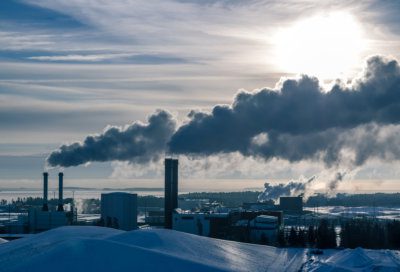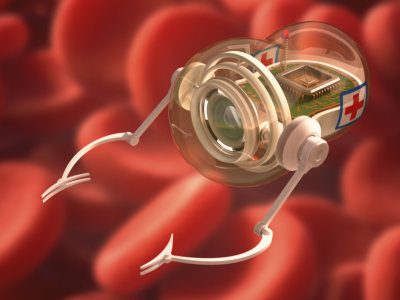If you need assistance with chemical hazards in the workplace as discussed in this article call us at 973-366-4660 or email us at info@atlenv.com for details and a free estimate.
Written by Henry P. Shotwell, Ph.D., CIH, Vice-President and Robert E. Sheriff, MS, CIH, CSP, President
November 12, 2018, Updated November 2019
Hazards of Industries
 American Industry is going through another cycle. These industrial processes that went to China, Korea, South America, even Mexico are coming back to the US. The primary difference is that they are now small or medium-sized industries, not the vast steel mills, manufacturers, oil and gas refineries of the past.
American Industry is going through another cycle. These industrial processes that went to China, Korea, South America, even Mexico are coming back to the US. The primary difference is that they are now small or medium-sized industries, not the vast steel mills, manufacturers, oil and gas refineries of the past.
The problem is that a good measure of the hazards of these many industries, now being born or regrowing, have many of the known hazards as even some new ones.
Silica
Yes, silica is back-maybe it never left – and is damaging the lungs of workers in foundries, sand and gravel yards, paving, building construction, and some new uses such as countertops, fracking, concrete cutting, even sheetrocking.

What’s New for 2019
Others such as hexavalent chromium are new and old! Stainless Steel welding is much more prevalent plus that realization that hex chrome causes cancer. What’s new Isocyanates for one. The effort to reduce solvents (VOCs) in paints, varnishes, and sealants has led to the vast increase in isocyanates (TDI, MDI, PI) used as the polymerizes in resin coatings as a “safe” substitute for VOC’s – Not so fast! Isocyanates can cause an asthmatic reaction in individuals applying these resins that are also used in insulation forms.
Nanotechnology
Then there is nanotechnology and ultra-fine particles. They are so small that is was assumed they would be exhaled as readily as inhaled. Not true. They may be very light and minute but they are very numerous and have even vast surface areas available to react with human tissue-in the lungs and even absorbed through the skin.
 Actually, all we have done is to change the exposures. Fifty or sixty years ago, no one had ever heard of Gallium-Germanium Arsenide, without which there would be no computer chips and no Intel. We still used leaded gasoline and hadn’t begun to think about MBTE, the gasoline additive that has caused so much recent controversy. We have controlled or eliminated many of the old exposures and air contaminants, but we have introduced new ones to take their place. Today’s worker may no longer be covered with soot or dust, but he or she may be exposed to contaminants that were unheard of just a few years ago but may be just as hazardous as the old ones.
Actually, all we have done is to change the exposures. Fifty or sixty years ago, no one had ever heard of Gallium-Germanium Arsenide, without which there would be no computer chips and no Intel. We still used leaded gasoline and hadn’t begun to think about MBTE, the gasoline additive that has caused so much recent controversy. We have controlled or eliminated many of the old exposures and air contaminants, but we have introduced new ones to take their place. Today’s worker may no longer be covered with soot or dust, but he or she may be exposed to contaminants that were unheard of just a few years ago but may be just as hazardous as the old ones.
To completely comply and fix the New Chemical Hazards in the Workplace industrial hygienists must continuously update their knowledge of manufacturing processes and equipment, along with their knowledge of the potential adverse human health effects resulting from exposure to newer feedstocks, intermediates and finished products. Today’s industrial hygienist cannot assume there are no potential exposures, just because people are working in a cleanroom.
Our primary service areas are: NJ, NY, NYC, PA, CT, DE, (Boston) MA, RI, Wash DC, WI, MD, MI, (Chicago) IL, VA, IN, (Atlanta) GA, AL, NC, SC, TN, (Dallas, Ft Worth) TX, OK, DC, AR. We can service most other areas of the U.S. but with some added travel charges.



